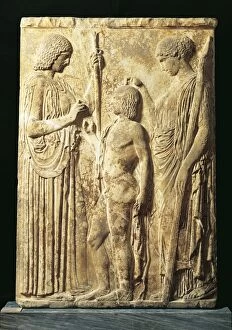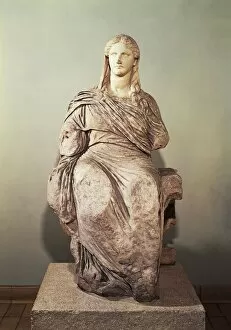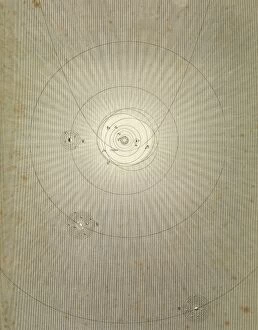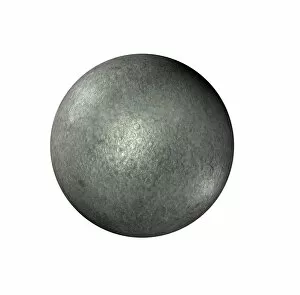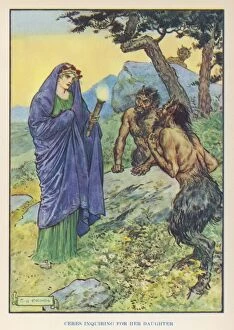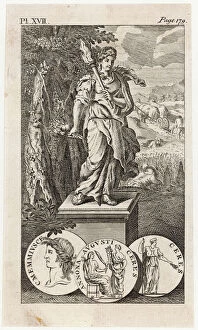Ceres Collection (#9)
Ceres, the ancient Roman goddess of agriculture and fertility, has captivated artists and historians alike throughout history
For sale as Licensed Images
Choose your image, Select your licence and Download the media
Ceres, the ancient Roman goddess of agriculture and fertility, has captivated artists and historians alike throughout history. In Greek mythology, she is known as Demeter, the mother of Persephone. The tale of their bond and Persephone's abduction by Hades forms the basis for the changing seasons. One artistic representation that showcases Ceres' significance is "A landscape with wood; Diana offers a hare to a nymph; Silenus and Ceres in foreground" by Abraham Govaerts. This painting beautifully portrays Ceres alongside other mythological figures in a lush woodland setting. In astronomy, Ceres takes on another meaning as one of the dwarf planets in our solar system. Earth and Moon share this celestial stage with dwarf planets like Ceres, highlighting its cosmic importance. Moving beyond art and science, there are various references to Ceres in different contexts. For instance, the Short S23 Empire Flying Boat G-AETX was named "Ceres, " paying homage to its majestic presence in aviation history. The Commonwealth Aircraft CA-28 Ceres ZK-BPU also bears this name proudly as it soars through the skies. Even statues at Villa Cimbrone on Italy's Amalfi Coast depict her gracefulness amidst breathtaking surroundings. Not limited to visual representations alone, pigeons have also been associated with her name - Black and Dun Barbs being specific breeds linked to her symbolism. From mythology to space exploration, from paintings to aircrafts - each reference adds depth to our understanding of who or what exactly "Ceres" represents. Whether it be an ancient deity or a celestial body millions of miles away from us today – all these diverse connections remind us that human imagination knows no bounds when it comes to honoring this timeless figure.


